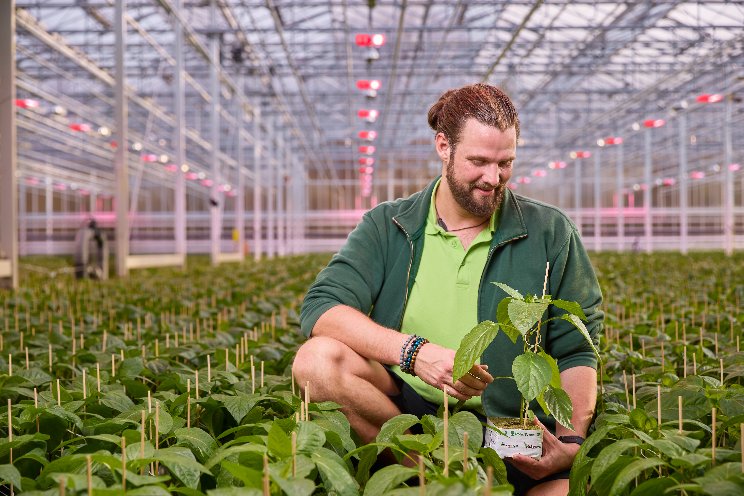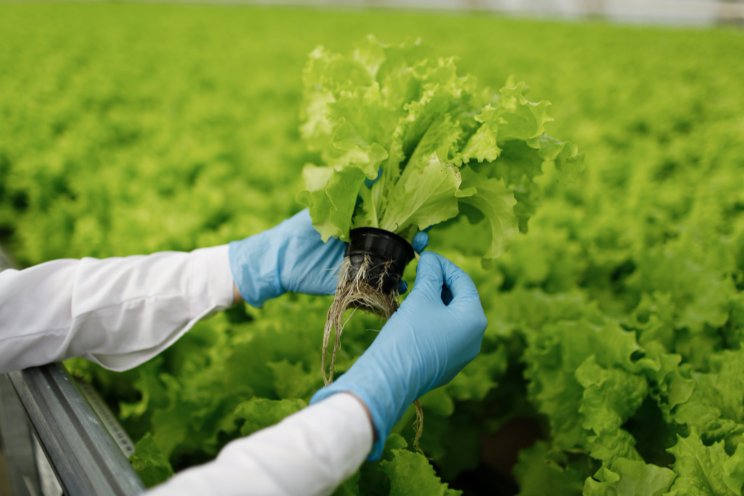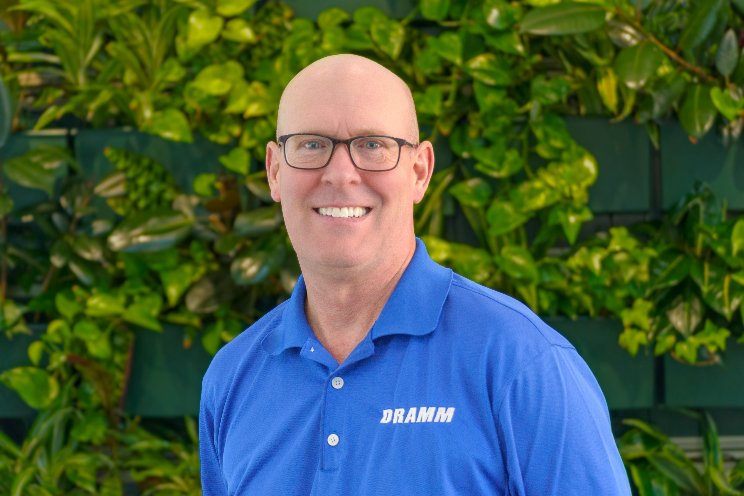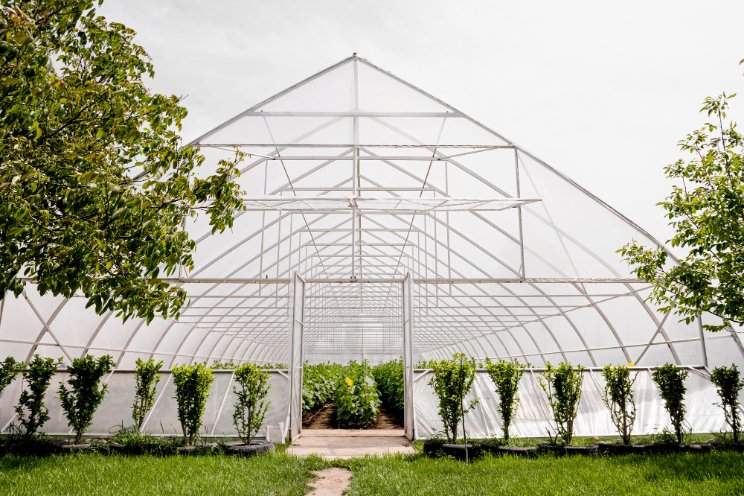Microbes building soils and new business
Added on 03 August 2023
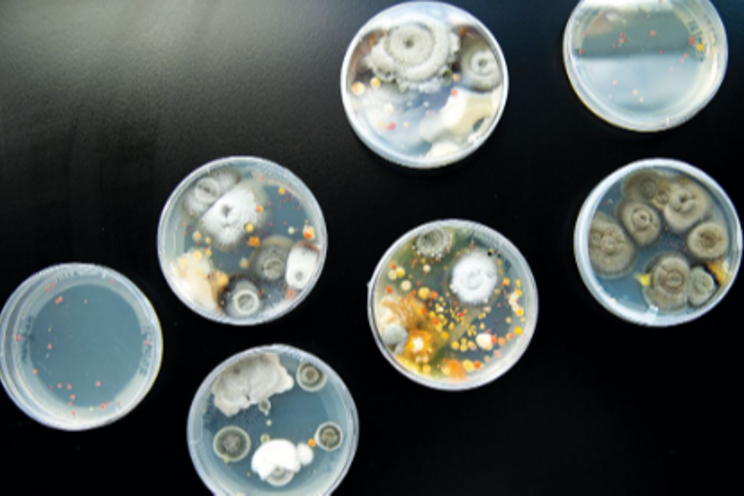
Soils are the largest terrestrial carbon reservoirs, but intensive farming has meant that in agricultural soils this reservoir has been depleted by up to 60 per cent in some areas.
Loam Bio co-founder Tegan Nock says that by increasing soil carbon not only do we sequester more carbon, but this also improves soil health and structure, as well as increasing water-holding capacity and nutrient availability – boosting crop yields and system sustainability.
″The Loam Bio team is leveraging the mechanism that microbes use in natural systems to develop seed inoculums that build soil carbon,″ Ms Nock says. ″It gives growers the ability to improve yields and stabilise soil carbon.″
Carbon cycling and microbes
Loam Bio is tapping into the improved understanding of carbon cycling. Atmospheric carbon dioxide is sequestered in soil via a multi-stage process. Plants first convert carbon dioxide into simple sugars via photosynthesis.
Some of these sugars are then secreted into soil in the form of root exudates. These substances are rich in labile carbon compounds and are utilised by microorganisms at the plant-soil interface. Through this process, carbon is eventually deposited in soil as soil organic carbon in aggregates and in mineral-associated fractions. The carbon is retained at varying rates, depending on a range of biotic and abiotic factors.
Photo: Through a better understanding of the role microbes play in soil carbon cycles, Loam Bio is developing ways to simultaneously sequester carbon and boost crop yields. - Provided by Loam Bio.
More news
